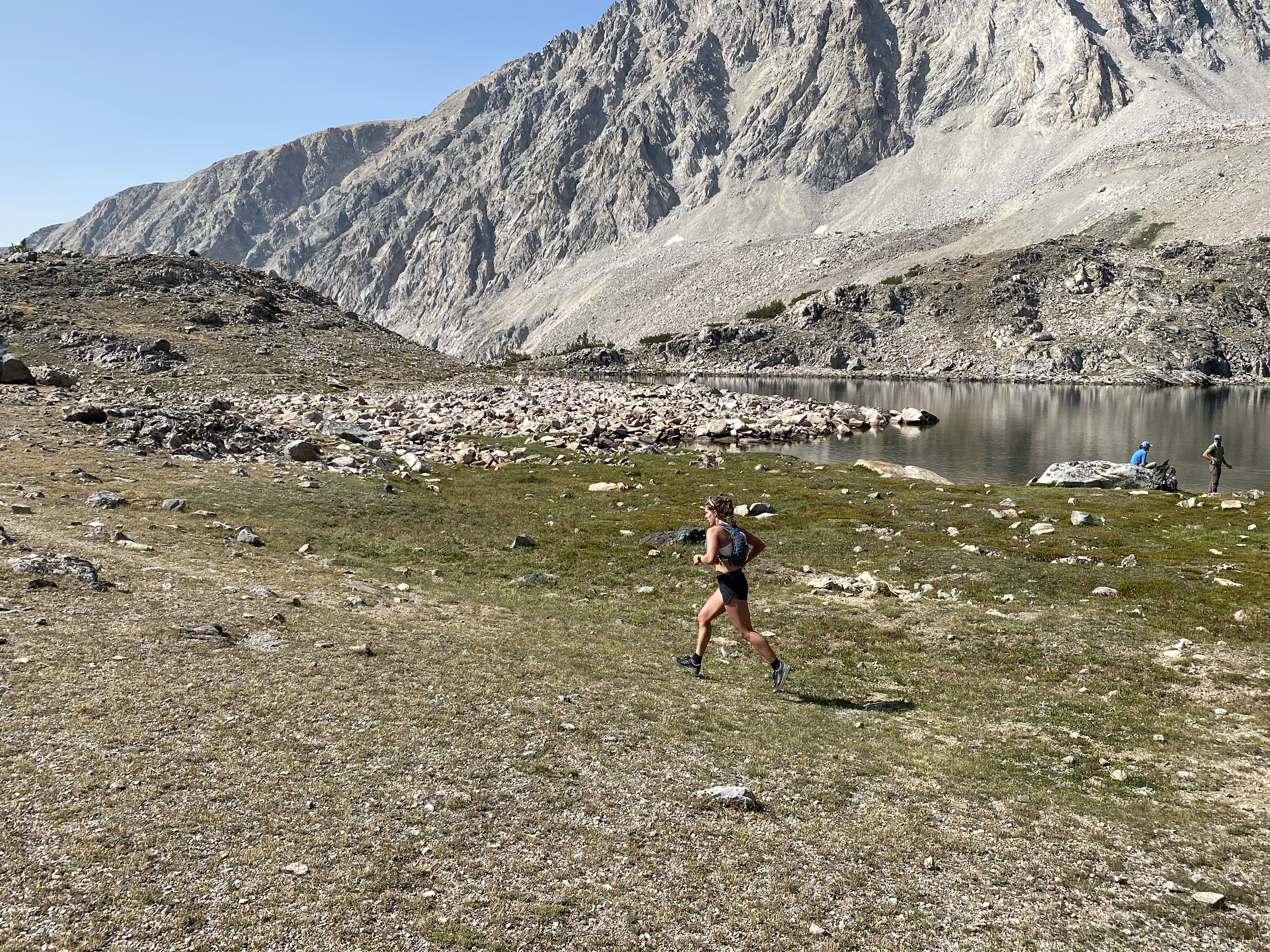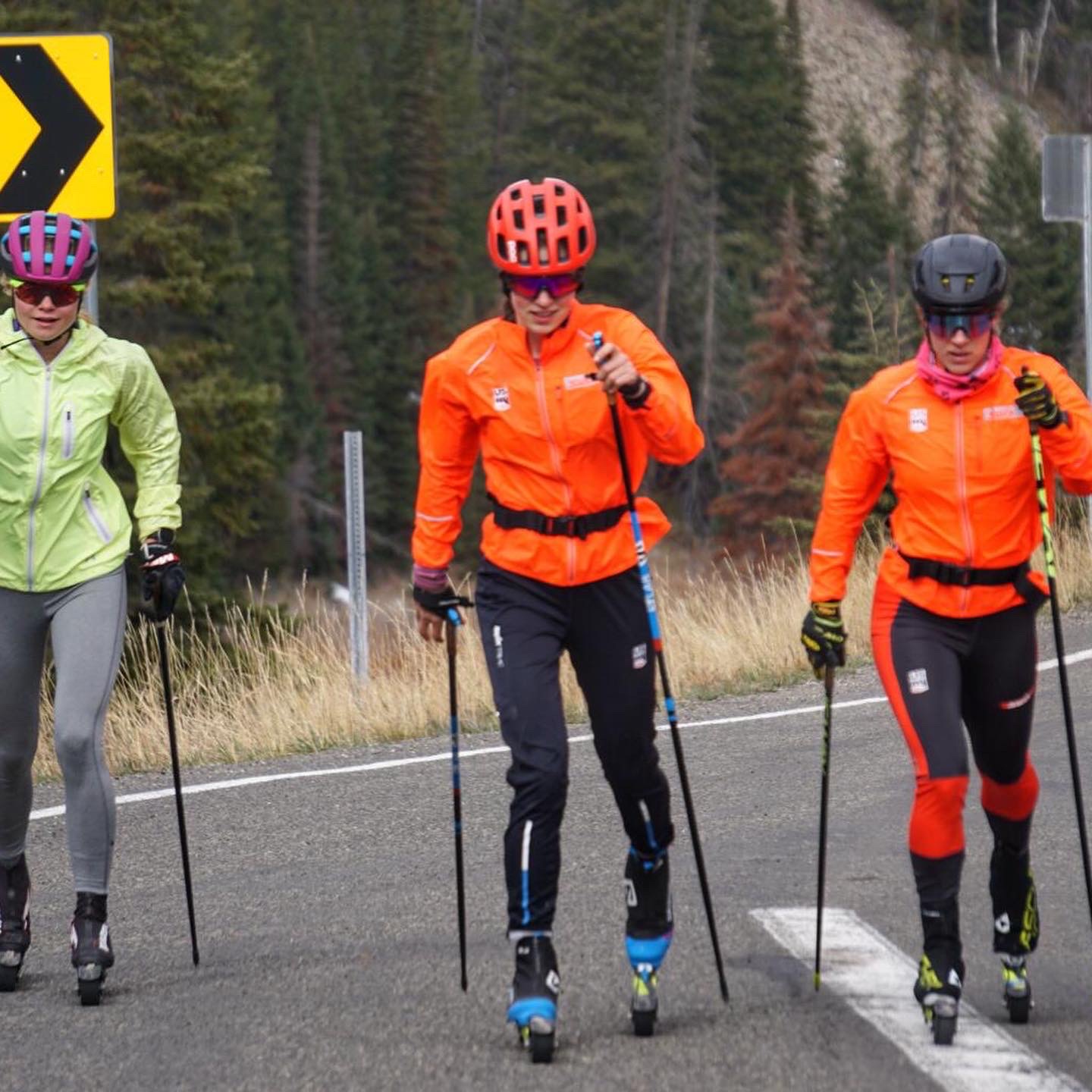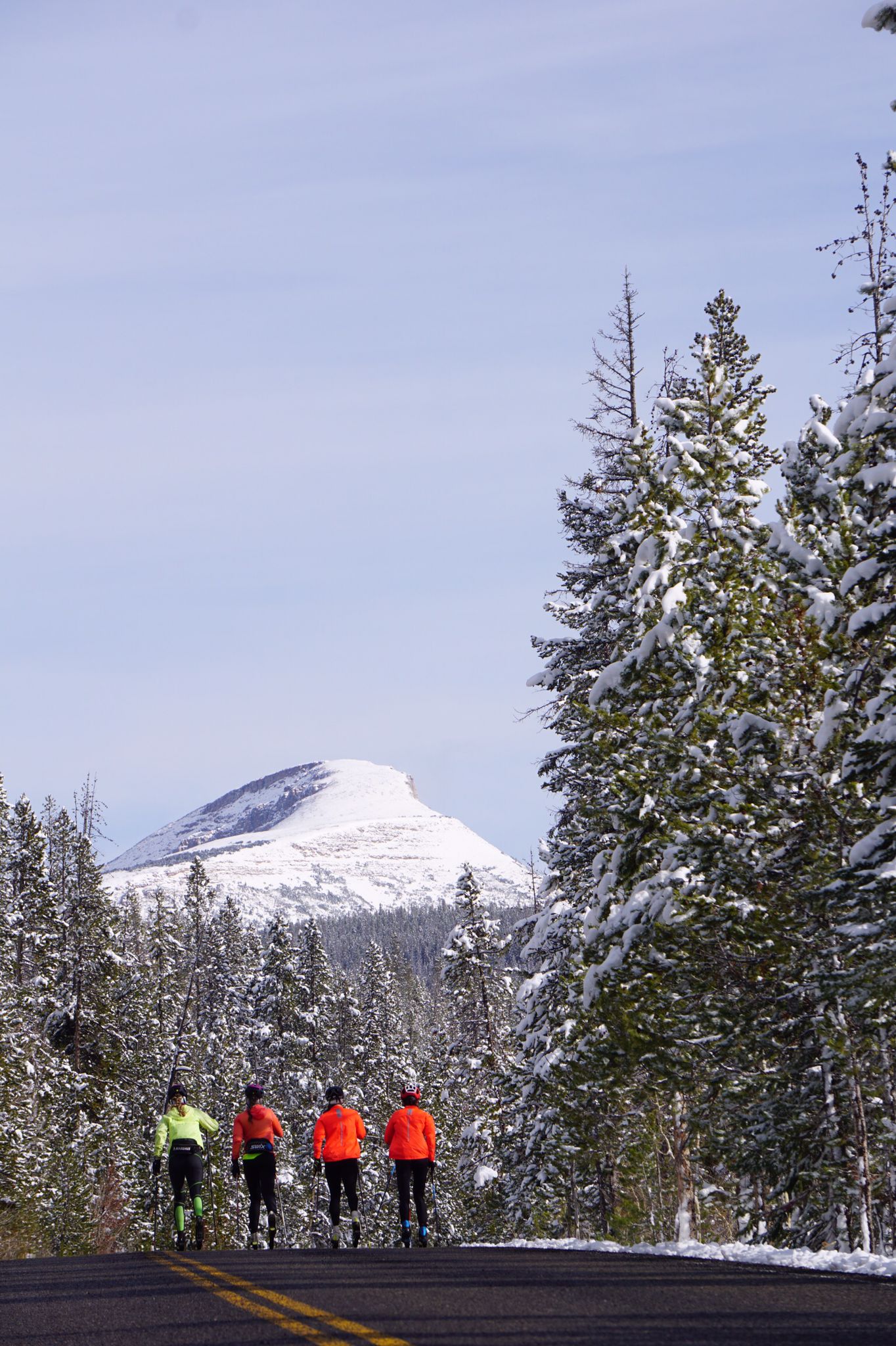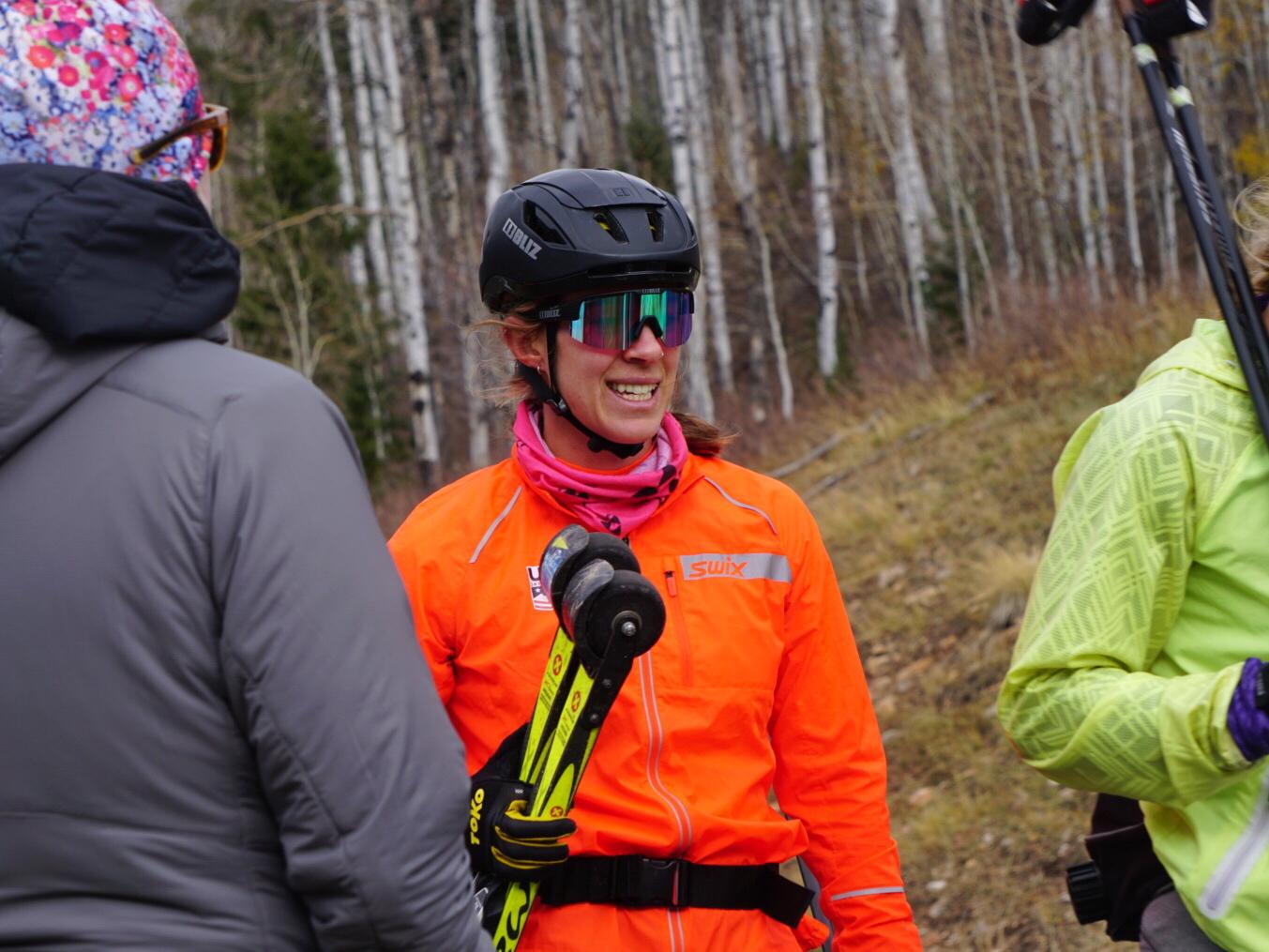Posted by Annika Landis on Nov 18th 2021
Turning Down The Volume: Training Less To Get More
There are a litany of mistakes that I have made, most more than once, that have impacted my training. Recently, I have begun to think of these mistakes not as blunders, but as opportunities to learn and grow as a skier. One common challenge I have to be conscious of each year is training too much. The mistake here is the misconception, that I have long been trying to shake, that more is better. I cannot count the number of times I have felt insecure because somebody was doing more training than me, or feeling that if I didn’t reach my hour goal for the week or month I was falling behind the competition. But, ski racing is not about who can train the hardest or the most hours in the summer and fall, but rather who is the fastest in winter.

 Caption: Me, last summer, willfully ignoring that “5 hour run” wasn’t on my training plan.
Caption: Me, last summer, willfully ignoring that “5 hour run” wasn’t on my training plan.
What we are trying to do as athletes aim our focus to curate the right mix of distance training, intensity, speed, and strength in order to optimize our training and racing performance. Easy peasy, right?
For many, training the right amount is a difficult equation to get right. For me, the imbalance in the equation was that I was always flirting with training too much, generally for two reasons: (1) I like training and find considerable joy in 5+ hour days in the mountains, and (2) the first official training I followed as a junior emphasized increasing training volume each year, and the mentality that “more is better” stuck with me.
It wasn’t until around my sophomore year of college that I started to re-evaluate what type of training was going to make me the fastest skier. I had established a solid endurance base and it was time (or past time) to focus on more intentional and higher-quality training. While I didn’t get rid of my cherished mountain adventures (joyful training is important too!), I shifted my overall training to prioritize the quality of training hours over the sheer number of them.
But isn’t high training volume a good thing? It depends.
When is high training volume beneficial?
Training volume is great for maintaining foundational fitness and growing your endurance base. We need a strong aerobic base so that we can build fast racing fitness on top of that. Training volume also gives us the time to work on technique. Gradually increasing your overall volume from each year is important for developing athletes, especially juniors and newer skiers.
When is high training volume detrimental?
Increasing training hours (especially low intensity hours) eventually becomes a game of diminishing returns. The more volume you add, the less likely it is that any one hour is beneficial to your goals. You don’t even need to reach the threshold for “overtraining syndrome” for training hours to lose their effectiveness. While we all have to get through tough workouts, if you are frequently finding yourself going through the motions, unfocused, or skiing with poor technique, you may be adding unnecessary hours.
When I feel the urge to add an afternoon distance session to my training week, I try to ask myself, “what tangible purpose does this workout serve towards my larger goals?”
When you focus on the quantity of training over all else, there are a few things that can get forgotten that are equally, if not more, important to an overall preparedness for racing. In fact, training more can actually set you back from reaching your goals when it interferes with recovering from illness, recovering from or preventing overuse injuries or general readiness for more important workouts.


Caption: My teammates and I getting in some late season distance training. Photos by Caitlin Patterson
How do you know what the right amount of training is for you?
Every athlete is different and each athlete’s training plan will look a bit different. Juniors should be careful about doing too much volume too early, instead gradually increasing their hours as their bodies develop and get stronger. Masters might not need to do as much volume to be fit if they have generally active lifestyles. Among professional skiers, training volume will differ considerably as some athletes need to train a lot of hours to feel fit while others do not. In my experience, your body (and your mind) will let you know, sometimes in no uncertain terms, how much training is too much. Some indications that you are doing too much might include: enduring fatigue, low motivation, injury, sickness, depressed heart rate, indigestion/changes in appetite, and an inability to hit your top gear in speed workouts.
Your energy is precious so think about where you spend it so it will have the greatest impact on reaching your goals.

Caption: Talking to my coach Pepa during a training session at our altitude camp in Park City. Photo by Caitlin Patterson
To be clear, I am not advocating for all athletes to cut their training volume, rather I am advocating for athletes to be intentional about their training volume. Training less than your peers does not mean your training is inferior and training more than your peers does not mean your training is superior. What works for you might not be what works for somebody else and that is ok! That being said, experiment with your training from year to year or month to month and see what works best. Don’t be afraid to take some risks and push your limits. After all, the biggest training mistake of all? Not making any.

